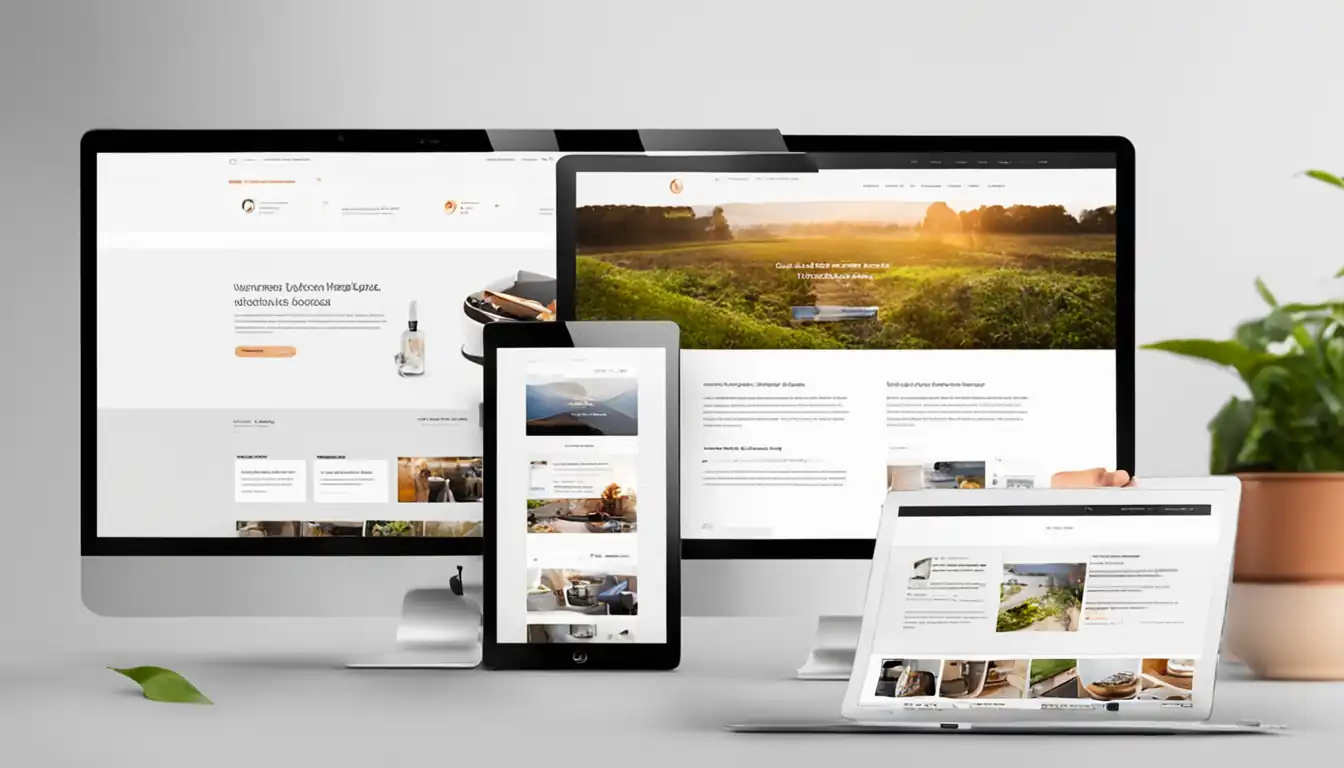Enhancing SEO Content Through Superior User Experience

In the world of SEO, content is king. But what good is a king without loyal subjects? That's where user experience comes in. By enhancing the user experience on your website, you not only keep your visitors happy but also boost your SEO efforts. Let's dive into how you can improve your SEO content through superior user experience.
Understanding the Intersection of SEO and User Experience

In the world of digital marketing, the intersection of SEO and user experience (UX) is crucial for success. While SEO focuses on optimizing content for search engines, UX revolves around creating a positive experience for website visitors. When these two elements work together seamlessly, they can significantly enhance the overall performance of a website.
How SEO and UX Complement Each Other
SEO and UX are not mutually exclusive; in fact, they complement each other in many ways. Here are some key points to consider:
Relevant Content: SEO demands high-quality, relevant content to rank well in search engine results pages (SERPs). This aligns with UX principles, as users are more likely to engage with content that is informative and valuable.
User-Friendly Design: A well-designed website that is easy to navigate not only enhances user experience but also improves SEO. Search engines favor websites that provide a seamless browsing experience for visitors.
Mobile Optimization: With the increasing use of mobile devices, optimizing websites for mobile users is essential for both SEO and UX. A responsive design ensures that users can access content easily on any device.
The Impact of User Experience on SEO Rankings
User experience plays a significant role in determining a website's SEO rankings. Here's how it can impact your site's performance:
"Google has stated that user experience is one of the key factors considered in its search algorithm. Websites that offer a positive user experience are more likely to rank higher in SERPs."
Bounce Rate: A high bounce rate, where visitors leave a website quickly after landing on it, can negatively impact SEO rankings. By improving user experience and providing valuable content, you can reduce bounce rates and improve your site's performance.
Dwell Time: The amount of time users spend on your website, known as dwell time, is another important metric for SEO. Engaging content and a user-friendly design can increase dwell time and signal to search engines that your site offers value to visitors.
Click-Through Rate: A compelling meta description or title tag can improve click-through rates from search engine results. By focusing on UX elements such as clear navigation and engaging visuals, you can encourage users to click through to your site.
By prioritizing user experience alongside SEO efforts, you can create a winning strategy that drives organic traffic and keeps visitors engaged on your website.
Key Elements of User-Friendly SEO Content

Structuring Content for Better Engagement
When creating SEO content, it is essential to structure it in a way that enhances user engagement. This includes breaking up the text into smaller paragraphs, using subheadings to guide the reader, and incorporating bullet points or numbered lists for easy scanning. By organizing your content effectively, you can keep readers on your page longer and improve their overall experience.
Balancing Keywords with Readability
While keywords are crucial for SEO, it's equally important to prioritize readability. Overloading your content with keywords can make it sound unnatural and detract from the user experience. Instead, focus on incorporating keywords seamlessly into your writing while maintaining a conversational tone. Remember, the ultimate goal is to provide valuable information to your audience while also ranking well in search engines.
Design Principles That Boost Content Usability
In the realm of SEO content, design plays a crucial role in enhancing user experience. By incorporating design principles that prioritize usability, you can create a seamless and engaging experience for your audience.
Visual Hierarchy and Its Role in Content Consumption
Visual hierarchy refers to the arrangement of elements on a page that guides the user's attention. By strategically organizing content based on importance, you can help users navigate through your content more effectively.
Key Points:
- Use headings and subheadings to break up content and make it easier to scan.
- Incorporate visual cues such as bold text, bullet points, and images to highlight key information.
- Ensure a clear call-to-action is prominently displayed to encourage user interaction.
Optimizing Page Layouts to Improve Readability
The layout of your page can significantly impact how users consume your content. A cluttered or confusing layout can deter users from engaging with your content, while a well-organized layout can enhance readability and retention.
Key Points:
- Keep paragraphs short and concise to improve readability.
- Utilize white space effectively to prevent overcrowding and create a clean aesthetic.
- Consider responsive design to ensure optimal viewing across various devices.
By implementing these design principles, you can elevate the user experience of your SEO content and ultimately drive better results in search rankings.
Technical Aspects That Influence UX in SEO
When it comes to enhancing SEO content through superior user experience, paying attention to technical aspects is crucial. Here are some key factors that can influence user experience on a website:
Site Speed and Its Direct Effects on User Satisfaction
Site speed plays a significant role in user satisfaction. Slow loading times can lead to high bounce rates and lower engagement levels. To ensure a positive user experience, it is essential to optimize site speed by:
- Compressing images and files
- Minimizing HTTP requests
- Utilizing browser caching
- Implementing a content delivery network (CDN)
By improving site speed, you can enhance user satisfaction and ultimately boost your SEO performance.
Mobile Optimization: A Necessity for Modern SEO
With the increasing use of mobile devices, mobile optimization has become a necessity for modern SEO practices. To provide a seamless user experience across all devices, consider the following strategies:
- Implement responsive design
- Prioritize mobile-friendly content
- Optimize page load times for mobile users
- Ensure easy navigation on smaller screens
By prioritizing mobile optimization, you can cater to a larger audience and improve your search engine rankings.
Strategies to Continuously Improve UX in Your SEO Efforts
In the world of SEO, user experience (UX) plays a crucial role in determining the success of your content. By focusing on enhancing UX, you not only improve your search engine rankings but also create a more engaging and satisfying experience for your audience. Here are some strategies to continuously improve UX in your SEO efforts:
Gathering and Utilizing User Feedback Effectively
One of the most effective ways to enhance UX is by gathering and utilizing user feedback. This can be done through surveys, interviews, or analyzing user behavior on your website. By understanding what users like and dislike about your content, you can make informed decisions on how to improve it.
Key Points:
- Implement feedback forms on your website to gather insights from users.
- Analyze user comments and reviews to understand their preferences.
- Use tools like Google Analytics to track user behavior and identify areas for improvement.
A/B Testing: Finding What Works Best for Your Audience
A/B testing involves creating two versions of a webpage or piece of content and showing them to different segments of your audience. By comparing the performance of each version, you can determine which one resonates better with your audience and drives more engagement.
Key Points:
- Test different elements such as headlines, images, call-to-action buttons, and layout.
- Use tools like Google Optimize or Optimizely to set up A/B tests easily.
- Continuously monitor the results of A/B tests and make data-driven decisions based on the findings.
By incorporating these strategies into your SEO efforts, you can continuously improve the user experience of your content and drive better results in terms of search engine visibility and audience engagement.